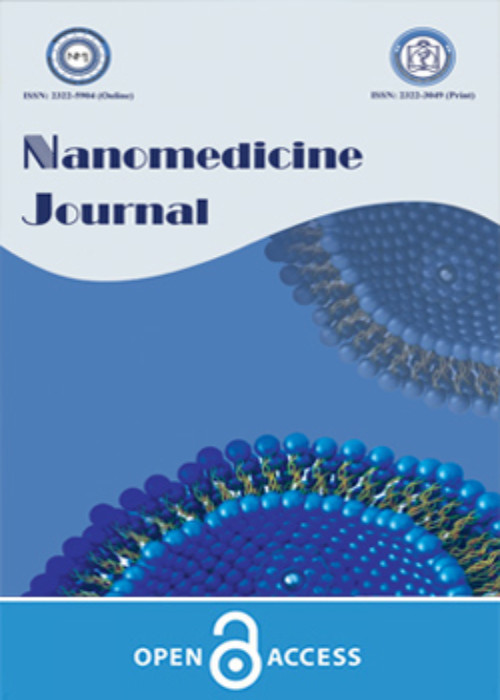Effect of polycaprolactone/carbon nanotube scaffold implantation along with liposomal ellagic acid in hippocampal synaptogenesis after spinal cord injury
Memory and cognition impairments are the most important secondary effects of spinal cord injury (SCI) in the hippocampus. Therefore, the present study aimed to examine the effect of implantation of polycaprolactone/ functionalized multiwall carbon nanotube (PCL/f-MWCNT) scaffold along with ellagic acid loaded liposome (EA@lip) in neurological function recovery and hippocampus deficit after SCI.
Twenty-four female Wistar rats were randomly assigned into 4 groups (n=6): Ctrl- group (laminectomy without SCI), Ctrl+ group (SCI), PCL/CNT group (implantation of PCL/f-MWCNT scaffold) and PCL/CNT/EA group (implantation of PCL/f-MWCNT/EA@lip scaffold). The injury model was the dorsal hemisection at the T9 level. Characterization of EA@lip made by remote loading method was done by transmission electron microscopy and dynamic light scattering. Also, the morphology of PCL/f-MWCNT fibers was investigated by field-emission scanning electron microscopy (FE-SEM). Behavioral tests were used to evaluate the neurobehavioral performance of the animals. After 4-weeks, excitatory postsynaptic potential was recorded from the CA1 area of the hippocampus. Hippocampal mRNA levels of amyloid beta precursor protein (APP), cyclic nucleotide phosphodiesterase (CNP), glutamate ionotropic receptor kainate type subunit 2 (GRIK2) and syntaxin-binding protein 1 (Munc 18-1) were assayed using reverse transcription-quantitative polymerase chain reaction (RT-qPCR).
We demonstrated that, after implanting the PCL/CNT scaffold with or without EA@lip, the hippocampal action potential improved by increasing the slope and amplitude of fEPSP compared to the Ctrl+ group. RT-qPCR data showed that the expression of CNP and Munc 18-1 increased, and the expression of APP and GRIK2 decreased, in the groups that received PCL/CNT with or without EA@lip compared to the injury group. We also proved that the treatment with PCL/CNT/EA@lip improved behavioral performance compared to the Ctrl+ and PCL/CNT groups.
This study demonstrated that PCL/f-MWCNT/EA@lip scaffold implantation improves functional potential and alters the expression of memory-related genes in the hippocampus post-injury.
- حق عضویت دریافتی صرف حمایت از نشریات عضو و نگهداری، تکمیل و توسعه مگیران میشود.
- پرداخت حق اشتراک و دانلود مقالات اجازه بازنشر آن در سایر رسانههای چاپی و دیجیتال را به کاربر نمیدهد.




